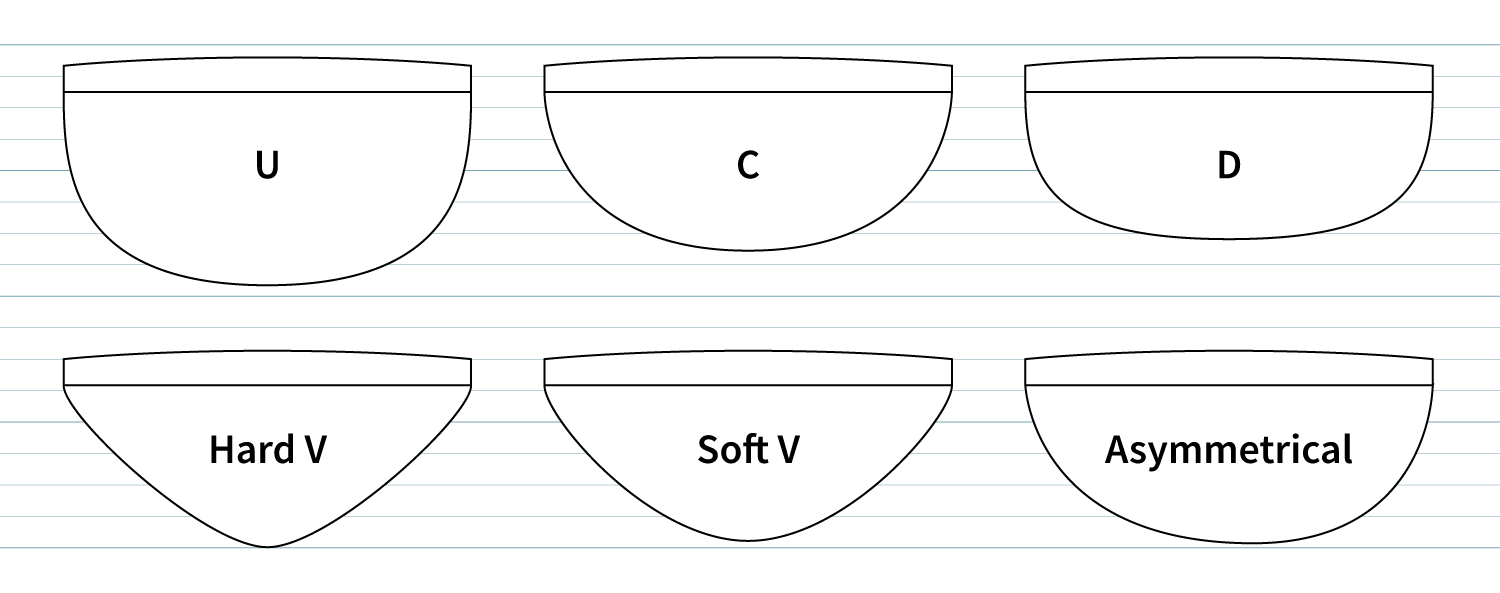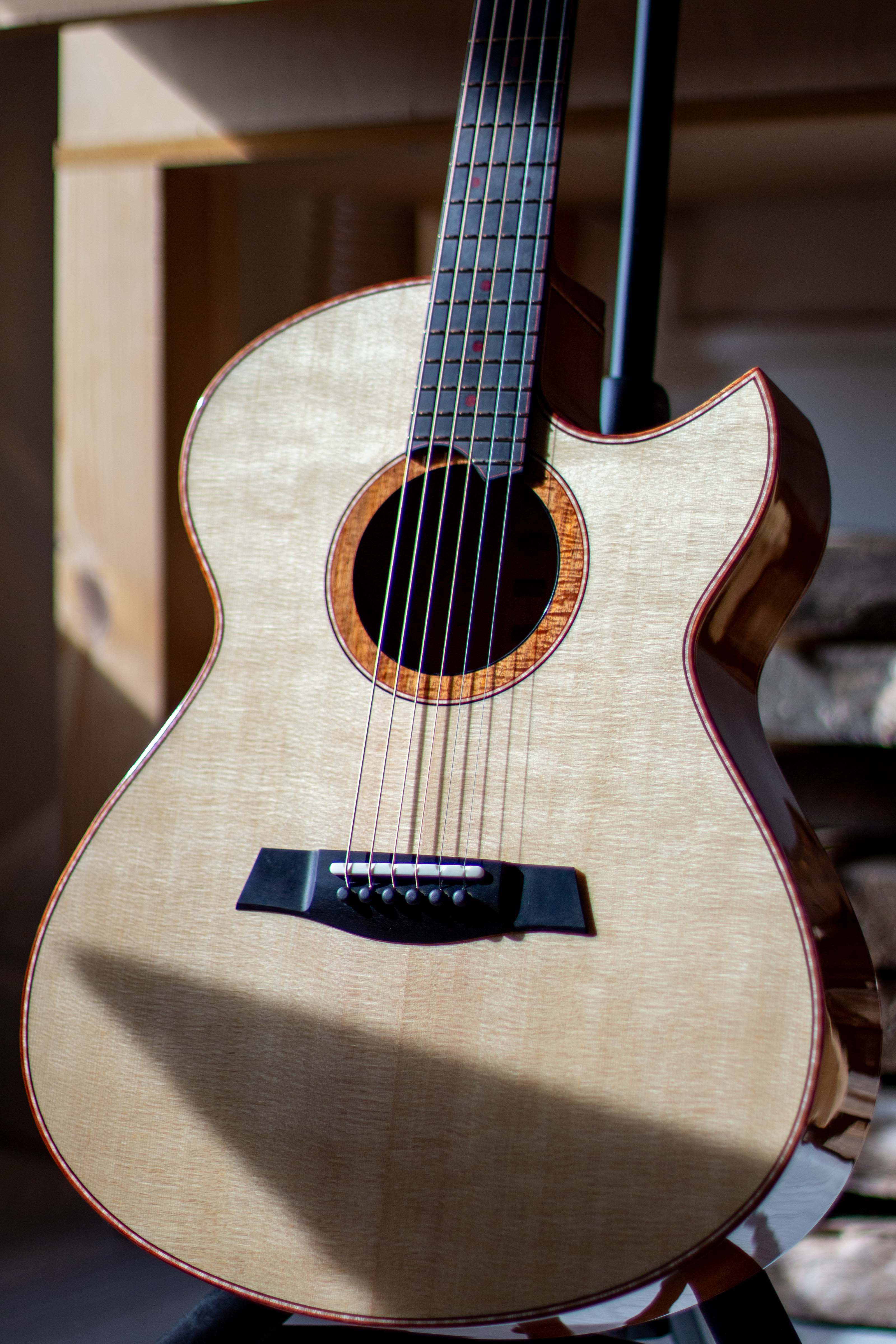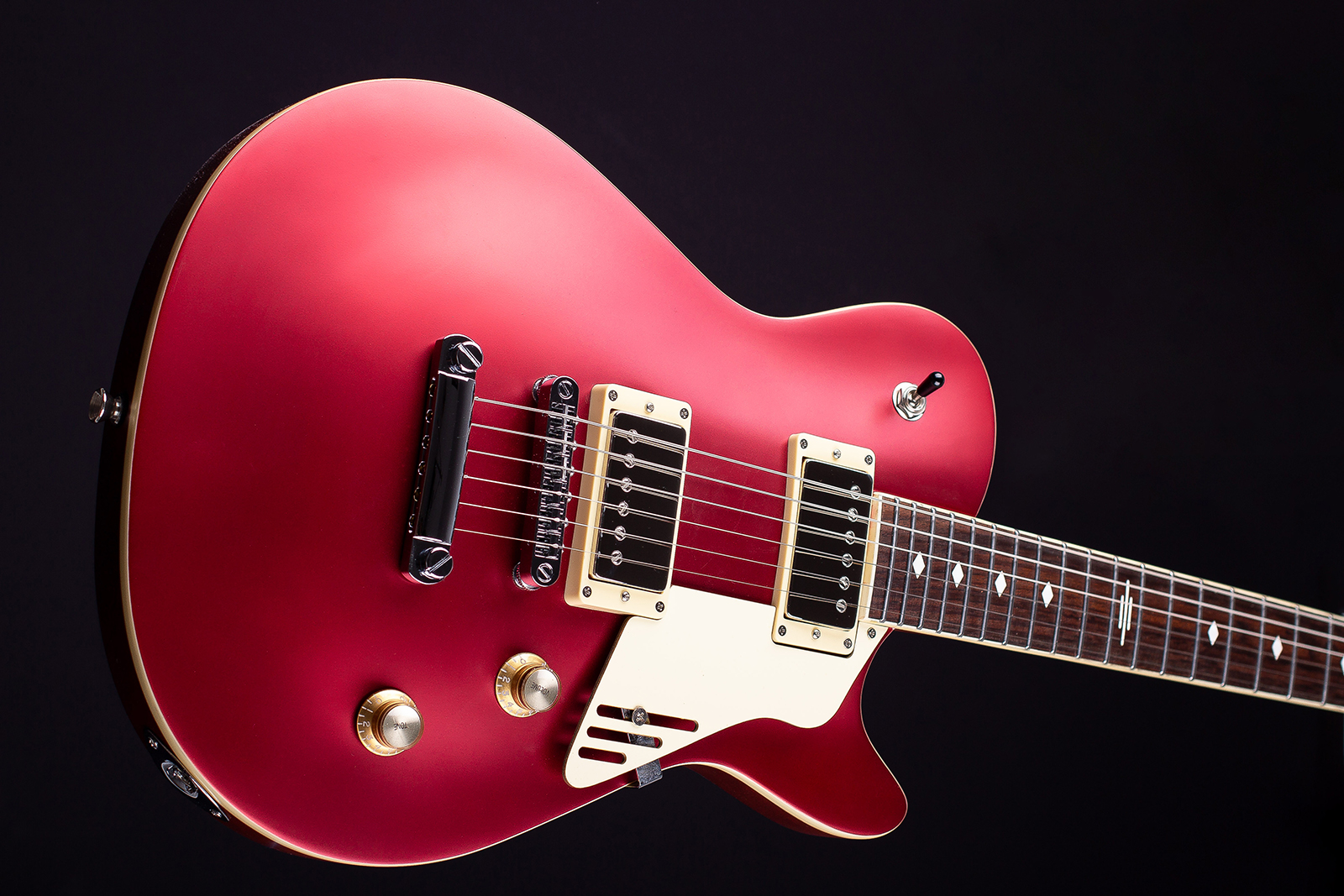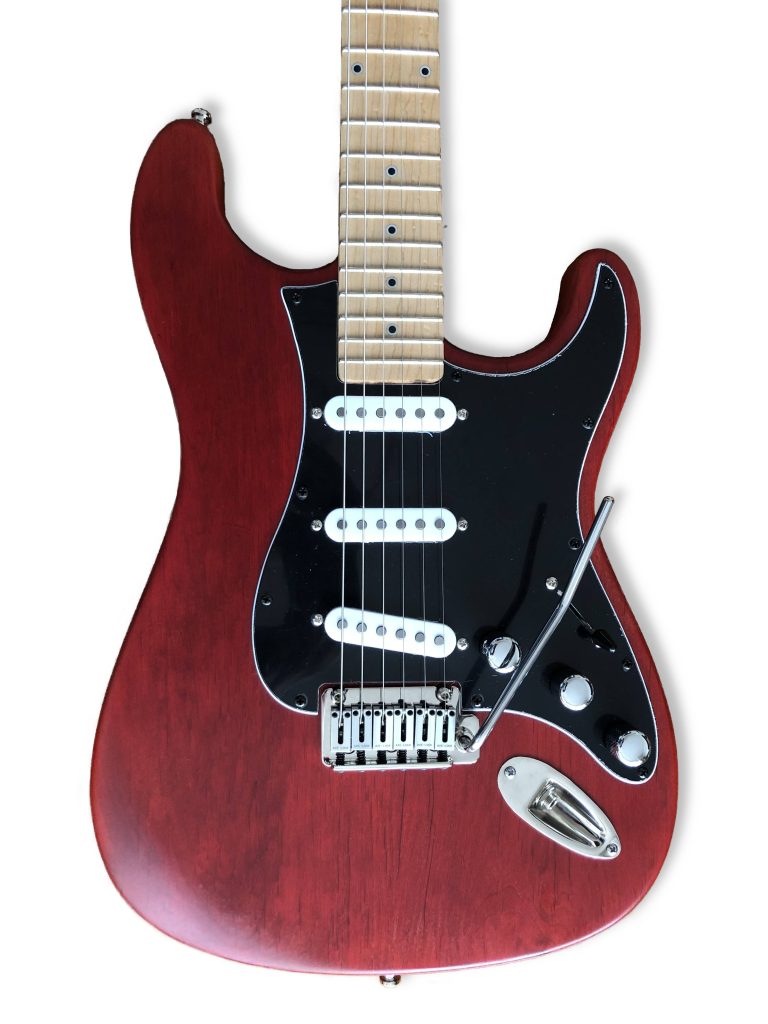· Features · 2 min read
Which bridge is good for your telecaster?
A major choice is which bridge suits on your telecater, here are some questions and answers

When you start designing your T-Style (also known as a Telecaster) guitar, arguably the most critical component to consider is the bridge. The choice between a vintage or modern bridge will significantly influence many of your subsequent design decisions. If you’re looking for a quick recommendation without reading to the end, my personal preference is a modern bridge.
Let’s first examine the vintage option. Indeed, the majority of Telecasters historically feature a vintage-style bridge. Whether inexpensive or high-end, many T-style guitars still favor the classic vintage design. Vintage bridges are characterized by their three saddles. This was Fender’s original choice, and it remains remarkably popular. But what exactly are the drawbacks of a vintage 3-saddle bridge?
The answer is intonation! This crucial aspect can drive you “crazy” when making adjustments during your guitar’s setup. Because each saddle holds two strings, you need to achieve a very delicate balance for proper intonation across both.
While brass saddles are very popular for vintage bridges, if you decide to go the vintage route, you might want to consider newer steel saddles. Both materials significantly influence the overall tone.
Now, let’s move on to my preferred option: modern bridges. These bridges feature individual saddles for each of the six strings. They typically lack the raised “ash tray” sides of vintage bridges, which often makes them more comfortable for palm muting. They offer incredibly easy intonation and string height adjustability, allowing for precise setup. While your guitar might not have the exact classic Telecaster aesthetic, your tone and playability will be greatly enhanced.
Regarding materials, brass bridges can add warmth and sustain to your sound, whereas steel bridges often provide a brighter tone. Whichever you choose, ensure you’re comfortable with the setup process.
Happy strumming!



